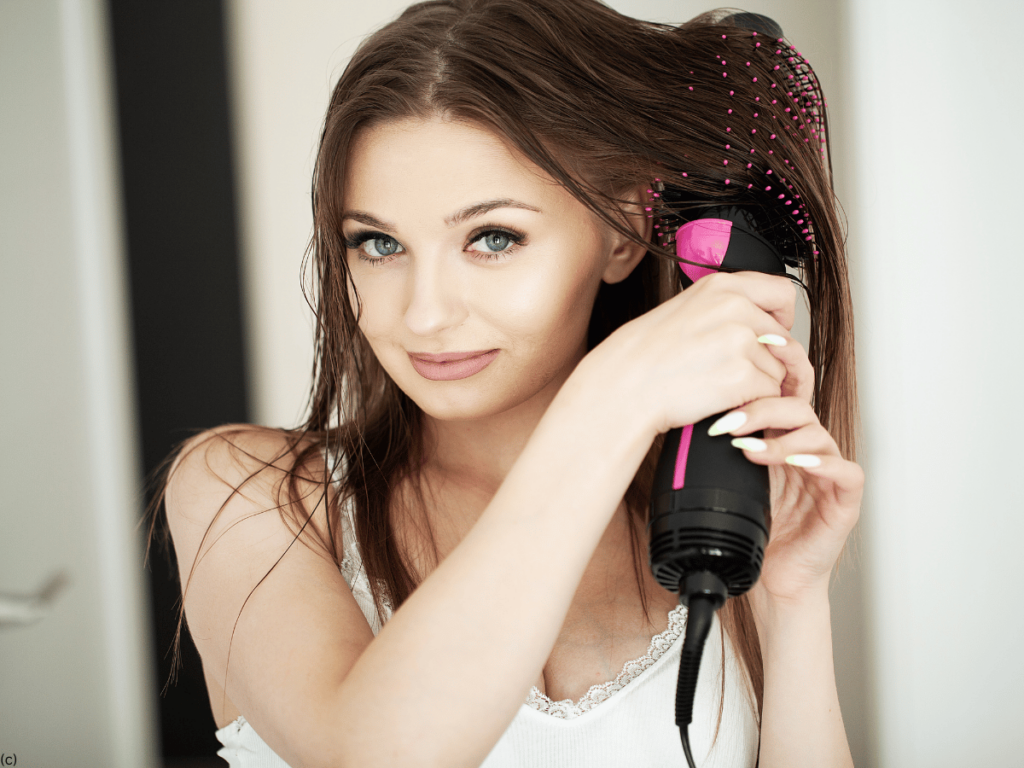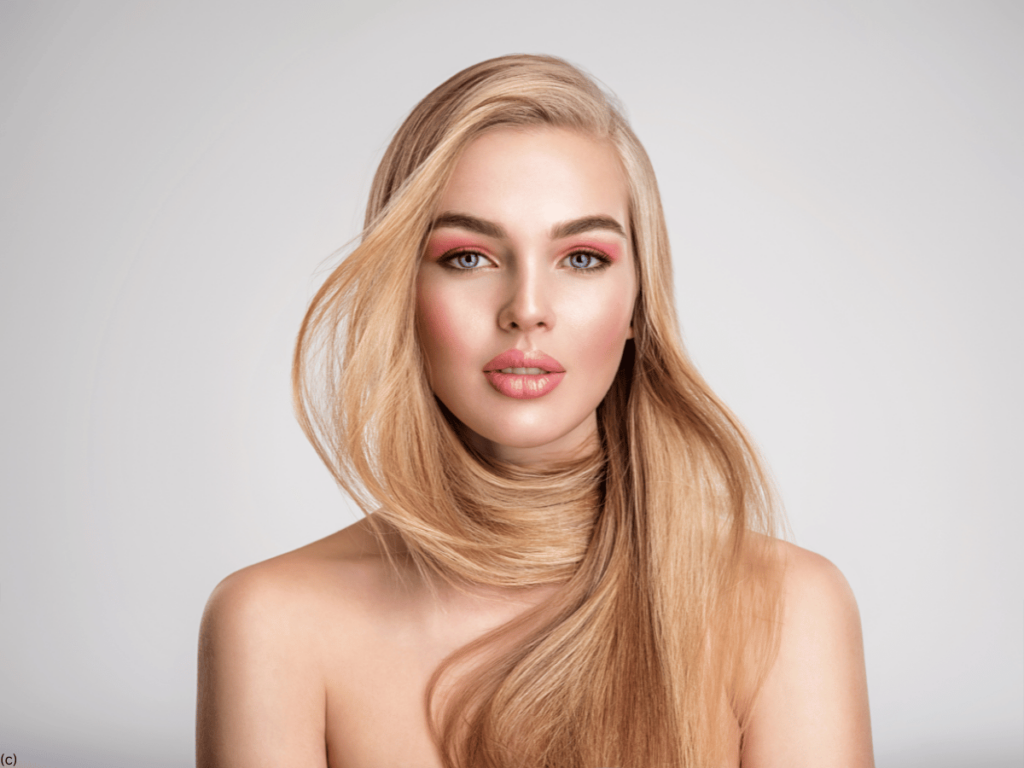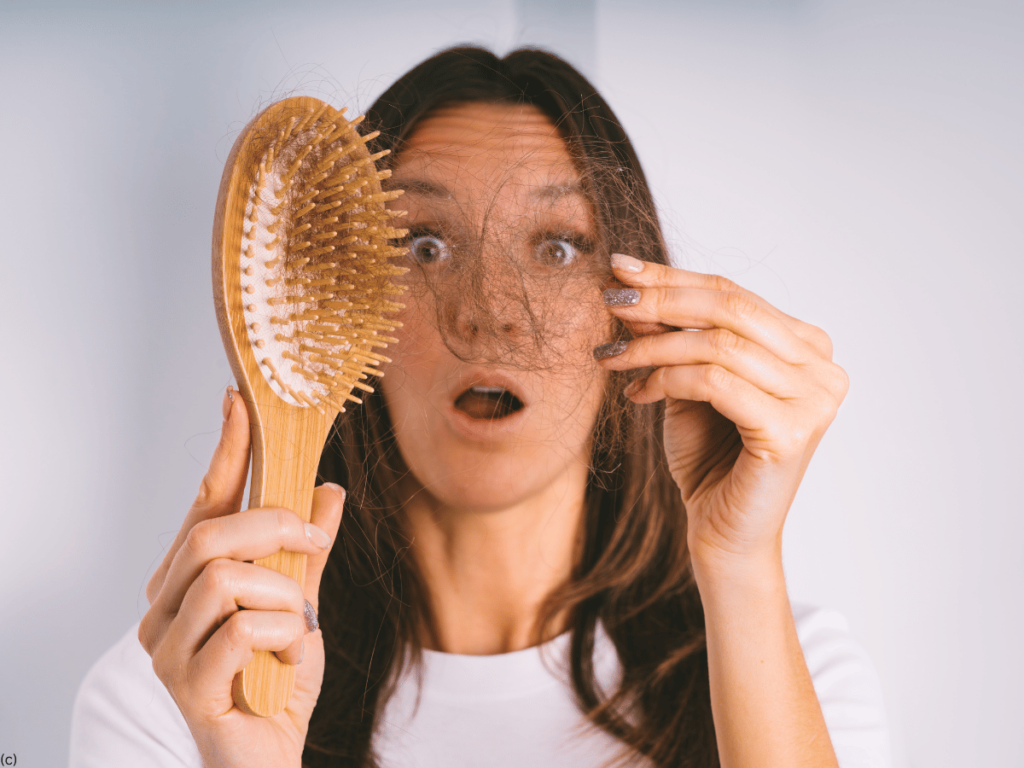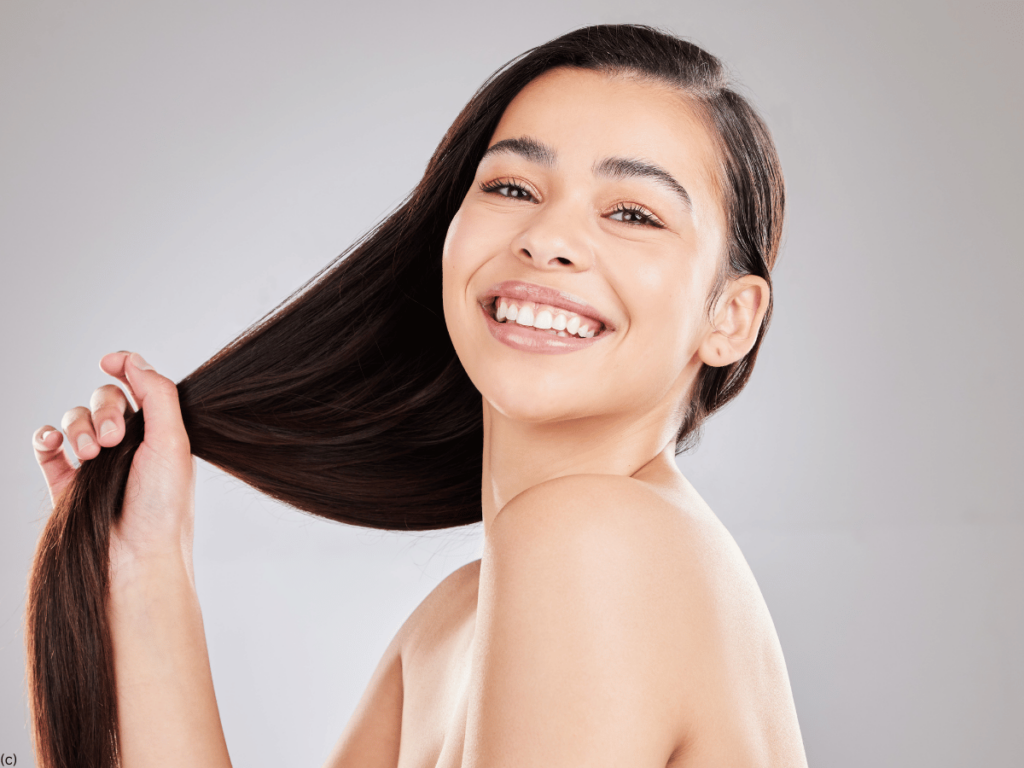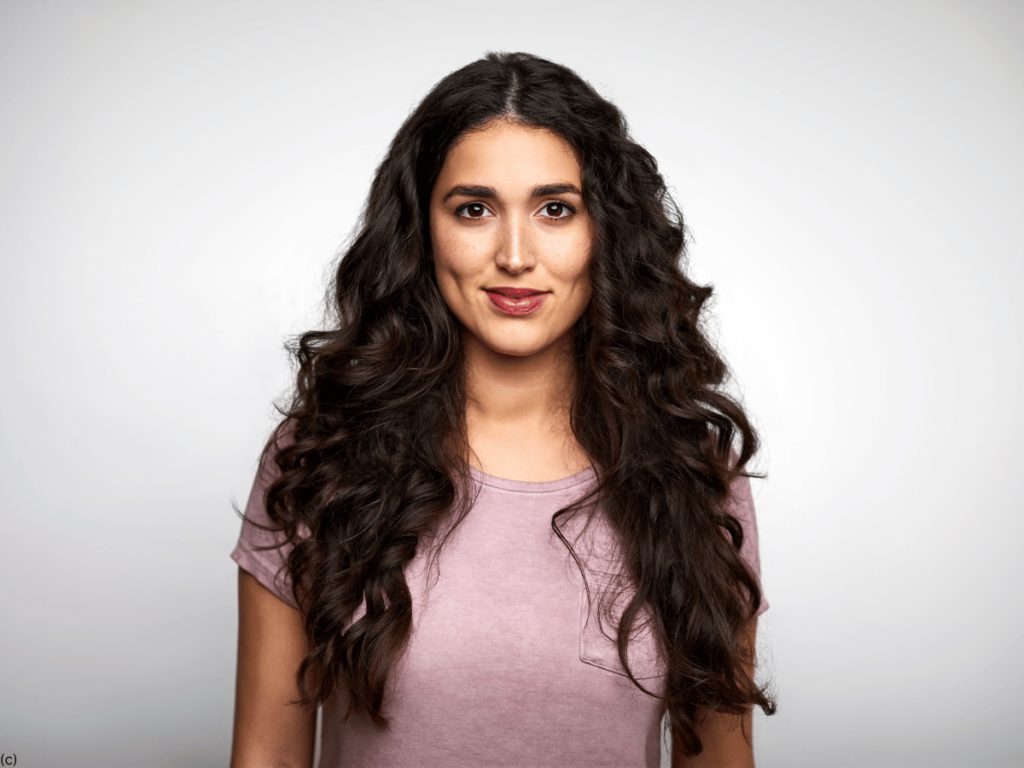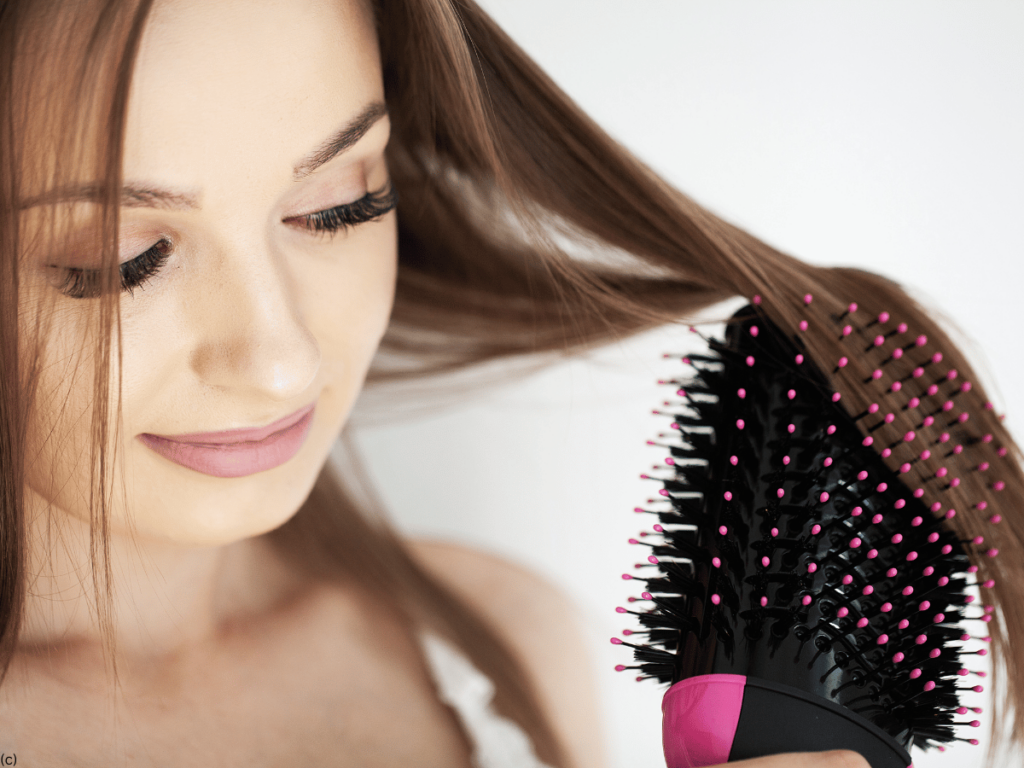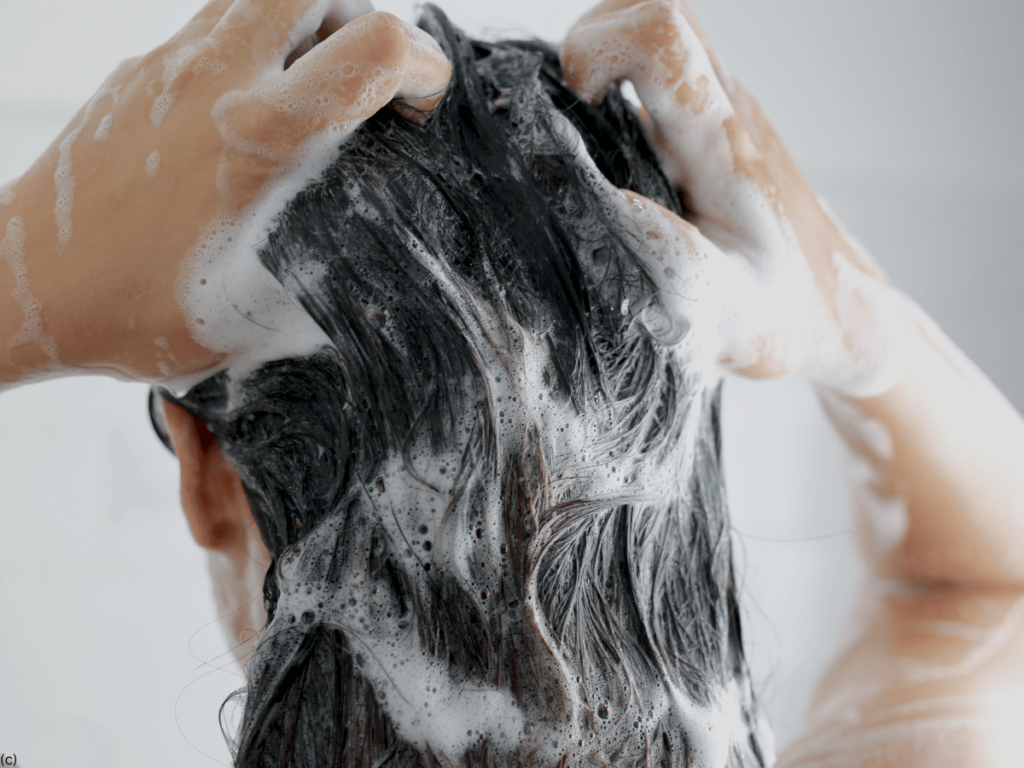
Hair care is a vital aspect of personal grooming, but with so much conflicting advice out there, it can be challenging to know where to start. Whether your hair is straight, curly, wavy, or coily, proper care can make a significant difference in its health, shine, and manageability. This blog post will guide you through essential tips and tricks for maintaining healthy hair, from washing and conditioning to styling and protection.
1. Understanding Your Hair Type
The first step in caring for your hair is understanding its type. Hair can generally be categorized into four types: straight, wavy, curly, and coily. Each type has its own unique characteristics and requires different care routines.
- Straight Hair: Typically the easiest to manage, but it can become oily more quickly. It tends to be shinier because the natural oils can travel down the hair shaft easily.
- Wavy Hair: A combination of straight and curly, wavy hair can be prone to frizz and can lose its curl pattern if not properly cared for.
- Curly Hair: Often dry and prone to frizz because the natural oils have a harder time traveling down the coiled hair shaft. It needs regular moisturizing and gentle handling.
- Coily Hair: The most fragile hair type, coily hair requires the most moisture and protection. It’s prone to breakage and shrinkage and benefits from low-manipulation styles.
Understanding your hair type helps you choose the right products and treatments, ensuring that you meet your hair’s specific needs.
2. Washing Your Hair: Less Is Often More
How often you wash your hair depends on your hair type, lifestyle, and the products you use.
- Frequency: Washing your hair too frequently can strip it of natural oils, leading to dryness and irritation. For most people, washing two to three times a week is sufficient. Those with oily hair may need to wash more often, while those with dry or curly hair may need to wash less frequently.
- Shampooing: Choose a sulfate-free shampoo that cleanses without stripping your hair of its natural oils. Sulfates can be harsh, especially for dry or color-treated hair. Massage the shampoo into your scalp with your fingertips to stimulate blood flow and remove buildup, then rinse thoroughly.
- Conditioning: Condition your hair every time you wash it. Apply conditioner from mid-lengths to ends, avoiding the scalp to prevent greasiness. Leave it on for a few minutes before rinsing. For curly or coily hair, a deep conditioner or hair mask once a week can provide extra moisture and nourishment.
3. Detangling Without Damage
Detangling is crucial for preventing breakage and maintaining hair health, but it must be done carefully.
- Tools: Use a wide-tooth comb or a detangling brush to gently work through knots and tangles. Start from the ends of your hair and work your way up to the roots to minimize breakage.
- Technique: Detangle your hair when it’s damp, not soaking wet or dry. Applying a leave-in conditioner or detangling spray can help reduce friction and make the process smoother.
- Be Gentle: Avoid pulling or tugging on your hair. If you encounter a particularly stubborn knot, apply more conditioner and gently work through it with your fingers before using a comb or brush.
4. Moisturizing: The Key to Healthy Hair
Moisture is essential for keeping hair soft, manageable, and frizz-free. Different hair types require different levels of moisture.
- Leave-In Conditioners: These provide long-lasting moisture and are especially beneficial for dry or curly hair. Apply a leave-in conditioner after washing your hair to keep it hydrated throughout the day.
- Oils and Serums: Natural oils like argan, coconut, and jojoba oil can seal in moisture and add shine. Apply a small amount to the ends of your hair after styling or whenever your hair feels dry. Serums can also provide moisture while protecting your hair from heat and environmental damage.
- Hydrating Masks: Once a week, treat your hair to a hydrating mask or deep conditioner. These treatments penetrate the hair shaft to provide intense moisture, making your hair softer and more resilient.
5. Protecting Your Hair From Heat
Heat styling tools like blow dryers, straighteners, and curling irons can cause significant damage to your hair if not used properly.
- Use Heat Protectant: Always apply a heat protectant spray or serum before using any heat-styling tools. These products form a protective barrier around your hair, reducing the risk of heat damage.
- Lower the Temperature: Whenever possible, use the lowest effective heat setting on your styling tools. High heat can weaken the hair shaft, leading to breakage and split ends.
- Limit Heat Styling: Try to limit the use of heat-styling tools to once or twice a week. On days when you’re not using heat, opt for heatless styling methods like braids, twists, or buns to create waves and curls.
6. Trimming Regularly to Prevent Split Ends
Regular trims are essential for maintaining healthy hair and preventing split ends from traveling up the hair shaft.
- Frequency: Aim to trim your hair every 6-8 weeks. If you’re growing your hair out, you can stretch this to every 8-12 weeks, but be mindful of the condition of your ends.
- DIY Trims: If you’re confident, you can trim your hair at home using sharp hair-cutting scissors. Section your hair, twist small sections, and trim the very ends to remove split ends. However, if you’re unsure, it’s best to leave it to a professional stylist.
7. Managing Frizz and Flyaways
Frizz and flyaways can be frustrating, but they’re manageable with the right techniques.
- Hydration: Frizz is often a sign of dry hair, so keep your hair well-moisturized with leave-in conditioners, serums, and oils.
- Anti-Frizz Products: Look for products specifically designed to combat frizz. Silicone-based serums and creams can smooth the hair cuticle and prevent moisture from escaping.
- Avoid Over-Brushing: Brushing dry hair can lead to frizz, especially for curly or wavy hair types. Instead, use your fingers or a wide-tooth comb to style your hair.
8. Protecting Your Hair While You Sleep
Nighttime can be harsh on your hair, especially if you’re not taking steps to protect it while you sleep.
- Silk or Satin Pillowcases: Switch to silk or satin pillowcases to reduce friction, which can cause breakage and frizz. These materials are gentler on your hair than cotton, which can absorb moisture and lead to dryness.
- Protective Hairstyles: Before bed, consider putting your hair in a loose braid, bun, or twist to prevent tangling and breakage. This is particularly important for curly or coily hair.
- Nighttime Moisture: Apply a small amount of leave-in conditioner or hair oil before bed to keep your hair hydrated overnight. You can also use a satin or silk scarf to wrap your hair, providing extra protection.
9. Nourishing Your Hair From the Inside Out
Healthy hair starts from within, so it’s important to nourish your body with the right nutrients.
- Balanced Diet: Ensure you’re eating a balanced diet rich in vitamins and minerals that promote hair health. Key nutrients include biotin, vitamins A, C, D, and E, zinc, and omega-3 fatty acids.
- Hydration: Drink plenty of water to keep your hair hydrated from the inside out. Dehydration can lead to dry, brittle hair that’s more prone to breakage.
- Supplements: If you’re not getting enough hair-healthy nutrients from your diet, consider taking a supplement. Biotin and omega-3 supplements are popular choices for promoting hair growth and strength.
10. Choosing the Right Products for Your Hair
The right products can make a world of difference in your hair care routine. Here’s how to choose products that work for your hair type and needs.
- Shampoo and Conditioner: Choose a shampoo and conditioner formulated for your specific hair type. For example, if you have dry or damaged hair, look for moisturizing or repairing products. If your hair is fine, opt for volumizing or lightweight products.
- Styling Products: Select styling products that cater to your desired look without weighing your hair down. For example, if you want volume, choose a mousse or volumizing spray. If you want to enhance curls, look for a curl cream or gel.
- Avoid Harsh Ingredients: Steer clear of products with harsh chemicals like sulfates, parabens, and alcohols, which can strip your hair of its natural moisture and cause damage.
11. Embracing Your Natural Hair
In recent years, there’s been a growing movement towards embracing natural hair, and for good reason. Embracing your natural texture not only reduces the need for damaging heat styling but also allows your hair to thrive in its healthiest state.
- Learn Your Hair’s Needs: Spend time understanding what your natural hair needs to stay healthy and look its best. This might involve experimenting with different products and techniques until you find what works.
- Protective Styles: Protective styles like braids, twists, and buns can help minimize damage and breakage while allowing your hair to grow and retain length.
- Celebrate Your Texture: Embrace the unique qualities of your hair, whether it’s sleek and straight, bouncy and curly, or anything in between. Confidence in your natural hair can transform the way you feel about your hair care routine.
12. Visiting a Professional Stylist
While it’s possible to do a lot of hair care at home, visiting a professional stylist is still important for maintaining healthy hair.
- Regular Check-Ins: Schedule regular appointments with a trusted stylist who understands your hair type and needs. They can provide professional trims, treatments, and advice tailored to your hair.
- Specialized Treatments: If your hair is particularly damaged or in need of extra care, consider salon treatments like deep conditioning, keratin treatments, or scalp treatments.
- Coloring: If you color your hair, a professional stylist can ensure the process is done safely and effectively, minimizing damage and ensuring even, vibrant results.
Caring for your hair doesn’t have to be complicated. By understanding your hair type, using the right products, and adopting healthy hair care practices, you can achieve and maintain beautiful, healthy hair. Whether you’re embracing your natural texture, protecting your hair from damage, or nourishing it from the inside out, these tips will help you on your journey to your best hair yet. Remember, consistency is key, and with a little patience and care, your hair will thank you.
